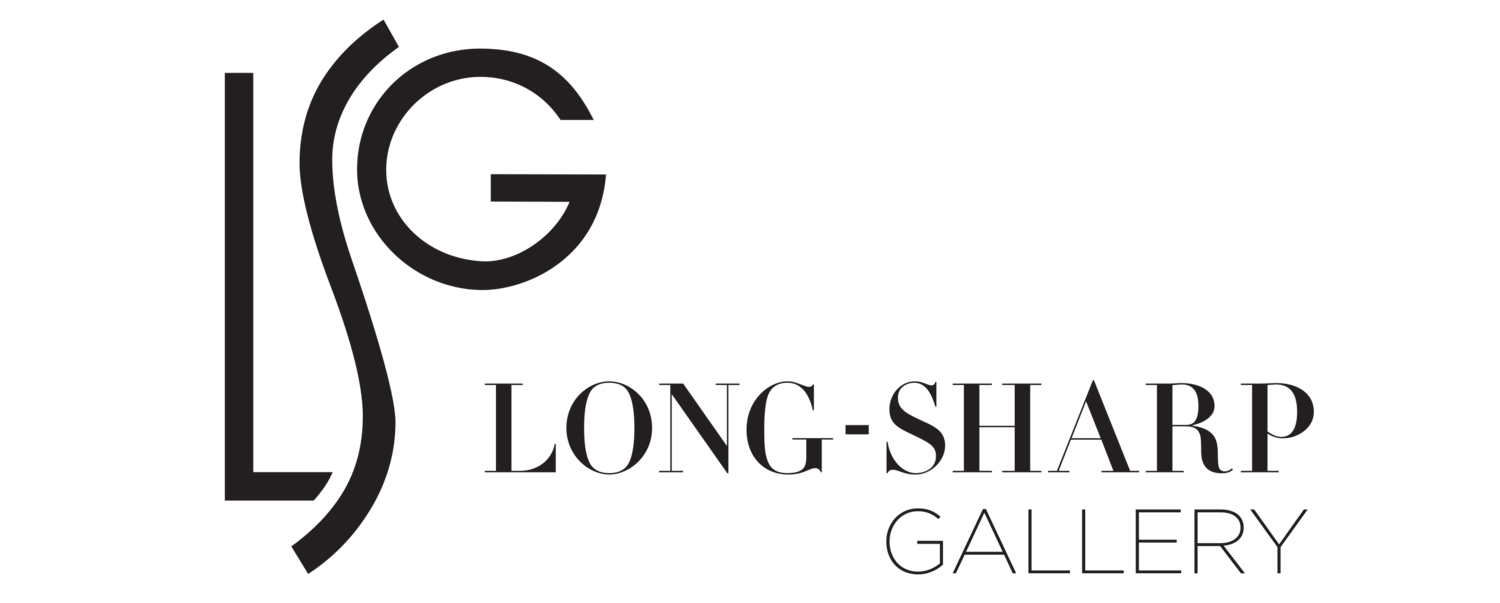Andy Warhol - Young Man in Profile
Year: circa 1956
Medium: Black ballpoint pen on paper
Size: 16.875 x 13.75 in (42.8 x 34.9 cm)
Provenance:
Estate of Andy Warhol (stamped)
The Andy Warhol Foundation for the Visual Arts (stamped)
Long-Sharp Gallery
Authenticated by the Authentication Board of The Andy Warhol Foundation for the Visual Arts (stamp on verso), Foundation archive number on verso in pencil, initialed by the person who entered the works into The Foundation archive.
Price on request
In 1957, Warhol began a series of portraits which were to be compiled into a "Boy Book" -- a book which was never finished, though many of the ballpoint drawings were shown at the Bodley Gallery (“Studies for a Boy Book by Andy Warhol”) from February 14-March 3, 1956. Although the book was not completed, the drawings that were to comprise that book "are fundamental to Warhol's personal and artistic development… helping achieve greater clarity in dealing with his homosexuality and creativity... Sometimes the sitter is lovingly surrounded by hearts, ribbons, flowers or other attributes that turn the motif into still life, such as a book or shells" (Schleif, 30). According to Michael Dayton Hermann of the Andy Warhol Foundation of the Visual Arts, the drawings show an “emotional vulnerability” atypical of Warhol’s work (Hermann).
Before a camera was his constant companion, Warhol constantly had a sketchbook in hand. He employed numerous drawing styles, having developed three while studying at Carnegie Tech in the late 1940s: blotted line, staccato line, and simple contour line. In the 1950s, a number of his sketches were done with a ball point pen – when using this instrument, he drew his guides using contour drawing (where the line is continuous), rather than a blotted line. Warhol used this most with live models. “According to Neil Printz, Warhol chose this 'smooth line' for the Boy Book drawings because the drawings were highly personal: ‘Thus, throughout the nineteen fifties, Warhol's drawing practice may be parsed according to a divided program in which his blotted line was channeled for public consumption and his smooth line for private or if not utterly private, then privatized or specialized modes of circulation.’ The ballpoint-pen drawings, not the prints, are all that survive of this project; however, it may also be that they were intended to serve as the originals for the later blotted-line drawings, as was certainly the case for the nude viewed from behind in A Gold Book,” (Heid, 79).
Heid, Birgitta. "What’s in a Line, Warhol as Drawing Virtuoso." Reading Andy Warhol. Author, Illustrator, Publisher, edited by Nina Scleif, Ostfildern: Hatje/Cantz, 2013. Print.
Hermann, Michael Dayton. “Love is Love.” Andy Warhol Love, Sex, and Desire, Drawings 1950–1962. Ed. Michael Dayton Hermann. Cologne: TASCHEN, 2021. Print.
Schleif, Nina. “Carefully Unplanned, Books in Andy Warhol’s Oeuvre.” Reading Andy Warhol. Author, Illustrator, Publisher, edited by Nina Schleif, Ostfildern: Hatje/Cantz, 2013. Print.
